Marvin’s partnership with NDSU is a testament to the power of community, innovation, and the belief that anything is possible.
Read MoreDesigning Cozy Spaces to Inspire Your Inner Hygge
Americans spend more than 90% of their time indoors, and these spaces can impact our moods. As you settle into winter, Abby Hopkins '23 shares tips on interior design to inspire feelings of coziness.
By Nicole Thom-Arens | January 18, 2023 | Illustrations by Leah Ecklund | Photography by Ann Arbor Miller
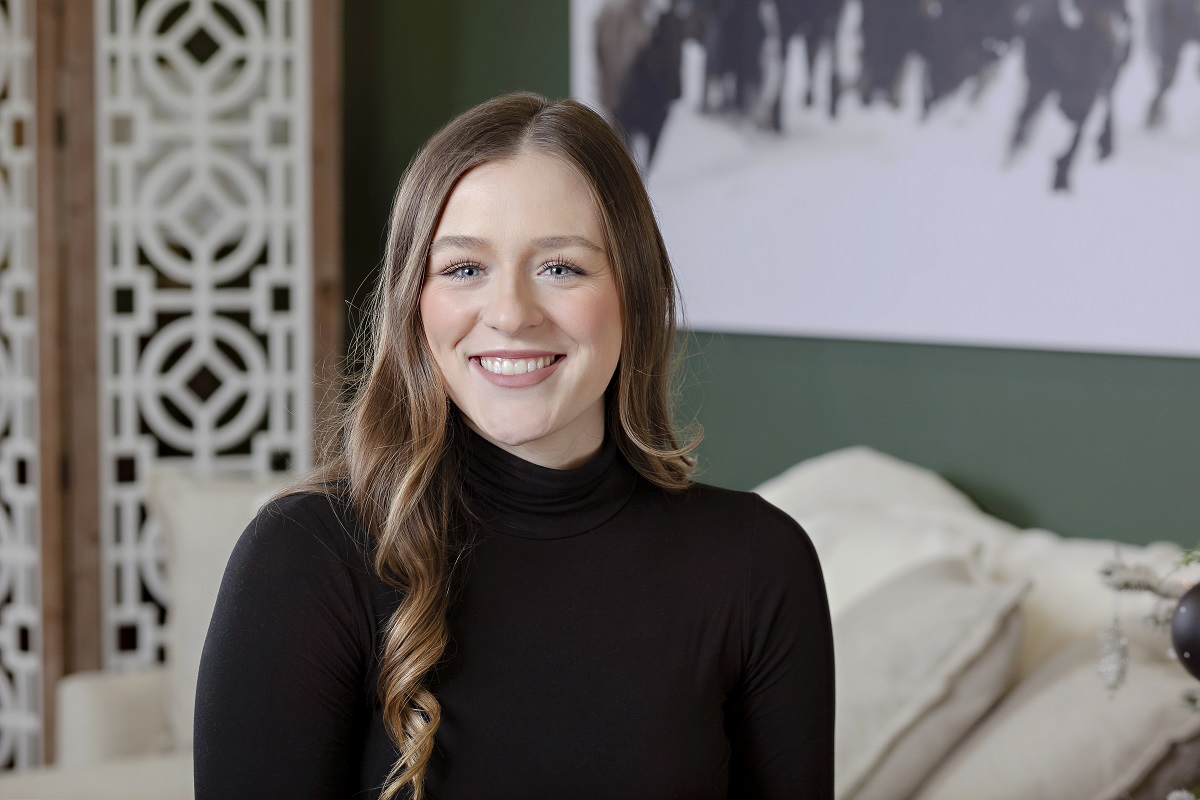
When she was younger and couldn’t fall asleep at night, Abby Hopkins ’23 would imagine rearranging different rooms of her house. While her mom never allowed her to actually redesign the house as a child, this habit became a passion and inspired Abby to pursue a degree in interior design.
She’s had many hands-on experiences and opportunities to work with professionals while earning her degree, which she says has helped prepare her well for her future career. Abby is the president of the NDSU student chapter of the American Society of Interior Designers (ASID), and in 2021 and 2022, she received the ASID Student Design Excellence Award. She’s received numerous scholarships and participated in the Annual Design Challenge, sponsored by Scheels Home and Hardware and “Midwest Nest,” twice. Abby and her classmates Marcus Mack ’23 and Leah Vikander ’23 won the judge’s and people’s choice awards in 2022. They were assigned the bohemian style and designed a vignette featuring warm tones — rust, gold, and cream — with pops of blue and green and wood accents. Layered rugs, pillows, and knitted throw blankets added texture and coziness to the space.
“Having all of these experiences has helped me grow as a designer and a person in general. If you were only sitting behind a computer screen, you wouldn’t get the full experience of a designer,” Abby said. “The Annual Design Challenge is a great experience for our careers because when we’re designing for our clients, it’s not necessarily going to be particularly what you would like, but you have to do it. We can have insights and give suggestions, but it’s really about what the client wants and we’re trying to make that into real life.”
During the summer of 2022, Abby traveled to Dublin, Ireland, for a global internship with Carton Interiors, a residential design firm, and now she is interning at TL Stroh Architects in downtown Fargo and gaining experience in commercial design.
“The Irish use a lot more color than we do here in America. We really like the neutrals and soft tones right now, so that was something I had to transition into,” Abby said. “When I work on projects now, I think I have a broader perspective. It’s given me information to work off of and more things that I can use as outlets for the design.”
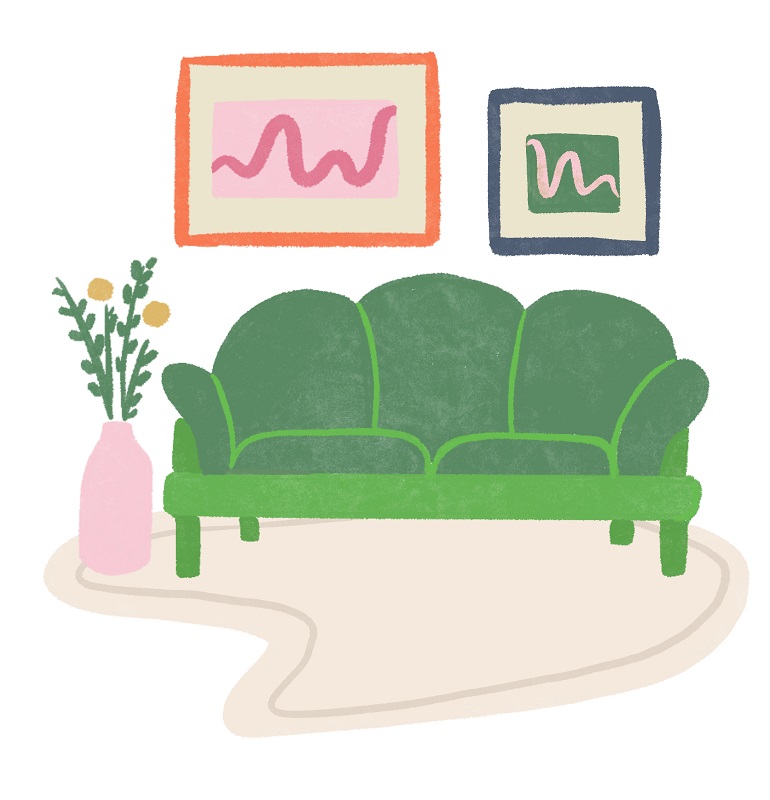
It can be easy for some to dismiss the science of interior design because each of us has our personal style and taste, but the color, texture, patterns, and lighting brought into a space should be done purposefully.
“NDSU’s interior design program focuses on space planning and universality — making sure designs can be used by all people — and selecting products that are good for the environment, durable, and can last a long time,” Abby said. “We focus a lot more on those technical elements of design than people realize.”
Susan Ray-Degges, professor of interior design at NDSU, says it is critical students learn to examine design with the health, safety, and welfare of people in mind. It’s important that people feel safe and comfortable.
“When you walk into a space, you have an emotional response,” Susan said. “That emotion will lock in how you react to that space.”
Colors, shape and form, and furniture pieces can all evoke a reaction, but each reaction is going to be different depending on age, gender, and culture, Susan says. Through studies analyzing emotional responses to spaces, researchers are able to make some generalizations. Curvilinear forms, for example will evoke feelings of warmth and protection for most people, according to Susan.
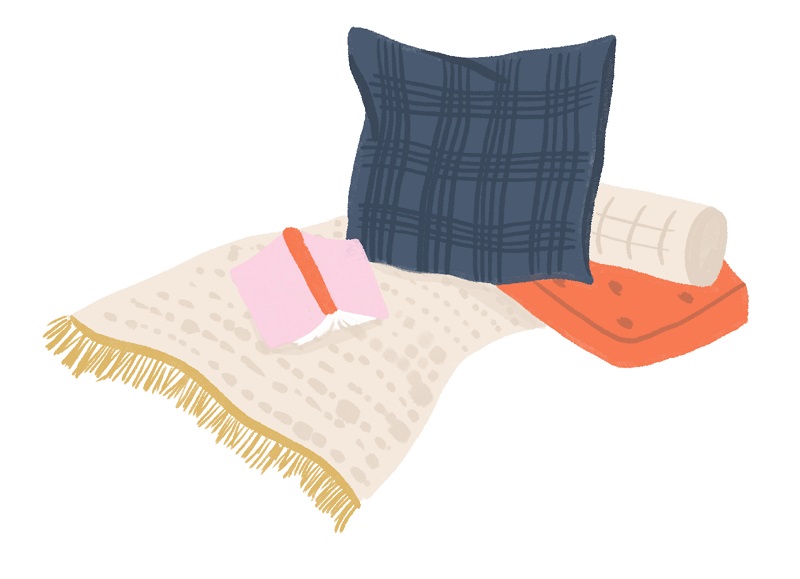
Abby says people don’t realize how much the interiors affect our moods, which is unfortunate because a 2001 study from the Environmental Protection Agency found Americans spend more than 90% of their time inside, in cars, or in bars and restaurants. When the outside temperature drops well below zero and the snow piles up — as it often does this time of year up north — we’re likely spending even more of our time inside.
That’s why winter is the perfect time to bring a bit more intentionality into our interiors. Several years ago, the concept of hygge (HOO-ga) swept through America. The Danish word, which translates to a feeling of coziness, became a buzz word in headlines, book titles, and social media posts. Hygge, according to author Brontë Aurell, should not be considered a physical definition but, rather, a state of mind.
“It [hygge] is in every aspect of Danish life, from how they spend their weekend evenings to how they cope with long winters,” Brontë writes in “North: How to Live Scandinavian.” “… Hygge can take place at any time of year, any hour of the day … it has to come from within. It starts inside of you.”
Brontë says there are ways we can inspire feelings of hygge; incorporating principles of design into your living space can help create coziness for you and your family. It’s important to remember everyone has their own opinions about what makes them feel comfortable. If you’re unsure about what you like, Abby suggests taking stock of the spaces you enjoy being in, pursuing Pinterest and magazines for inspiration, or taking an online design quiz to get a starting point for your preferred style(s). After you’ve compiled a collection of things you gravitate toward, meeting with a designer can help bring your dream space to fruition.
Abby’s tips for hygge interiors
- Winter is a time for watching movies, playing board games, cooking and baking, and being together. If you’re trying to create a cozy environment, start on the living room or congregational family space to bring people together.
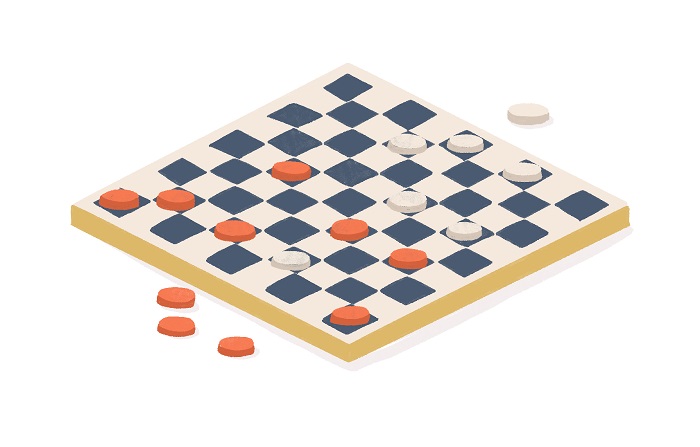
- People get flustered when their environments are messy and not organized. Keep things simple and create storage elements to store things you need that don’t need to be seen.
- Take an inventory of your belongings and be conscious of furniture pieces that aren’t being used to their full potential. If you’re not using it or don’t need it, get rid of it.
- People get flustered when their environments are messy and not organized. Keep things simple and create storage elements to store things you need that don’t need to be seen.
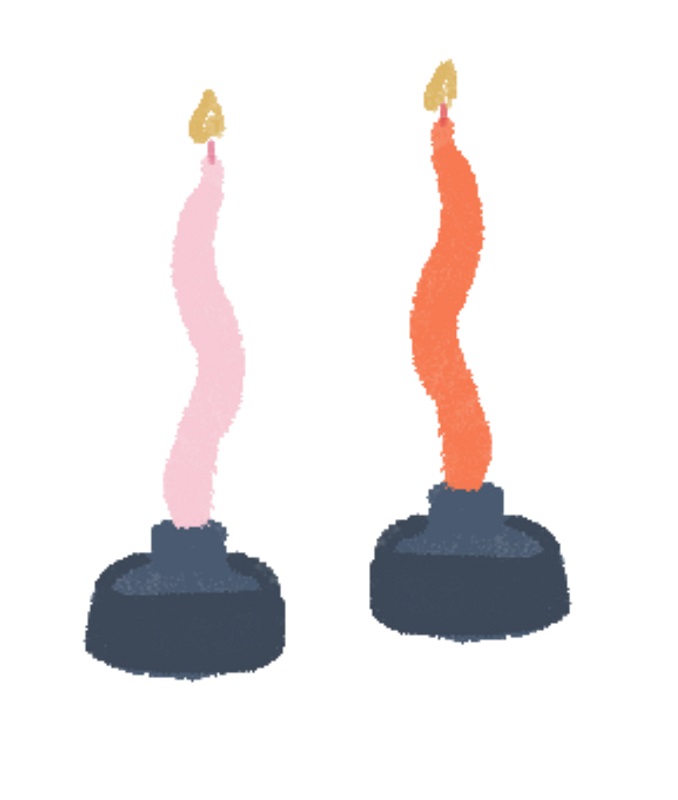
- Lighting has a dramatic effect on the environment. Use overhead lighting to brighten your space or utilize lamps, a fireplace, candles, or fairy lights to create a cozy setting.
- Incorporate soft textures by adding throw blankets and pillows — wool, knitted textures, sherpa, and faux fur are popular in Nordic countries.
- Neutral colors — browns, tans, and grays — are a big part of Scandinavian design.
- Rugs are a great way to bring texture and softness into a room.
- Adding your personal touches creates coziness. A candle, book, or magazine on a coffee table can be just enough to transform a space into your own.
- Neutral colors — browns, tans, and grays — are a big part of Scandinavian design.
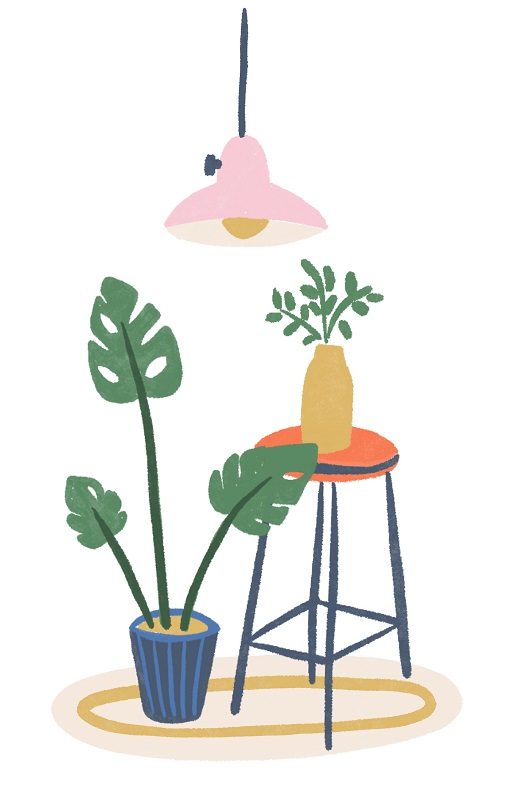
- Winter is a time for watching movies, playing board games, cooking and baking, and being together. If you’re trying to create a cozy environment, start on the living room or congregational family space to bring people together.
- People get flustered when their environments are messy and not organized. Keep things simple and create storage elements to store things you need that don’t need to be seen.
- Take an inventory of your belongings and be conscious of furniture pieces that aren’t being used to their full potential. If you’re not using it or don’t need it, get rid of it.
- Lighting has a dramatic effect on the environment. Use overhead lighting to brighten your space or utilize lamps, a fireplace, candles, or fairy lights to create a cozy setting.
- Incorporate soft textures by adding throw blankets and pillows — wool, knitted textures, sherpa, and faux fur are popular in Nordic countries.
- Neutral colors — browns, tans, and grays — are a big part of Scandinavian design.
- Rugs are a great way to bring texture and softness into a room.
- Adding your personal touches creates coziness. A candle, book, or magazine on a coffee table can be just enough to transform a space into your own.



Thank you to Scheels Home and Hardware in Fargo, North Dakota, for staging the photos for this piece.
Share This Story
Related Stories
Success: A Team Project
With support, Caryn Marty ’26 is empowered to say “yes” to all the possibilities NDSU has to offer.
Read More
